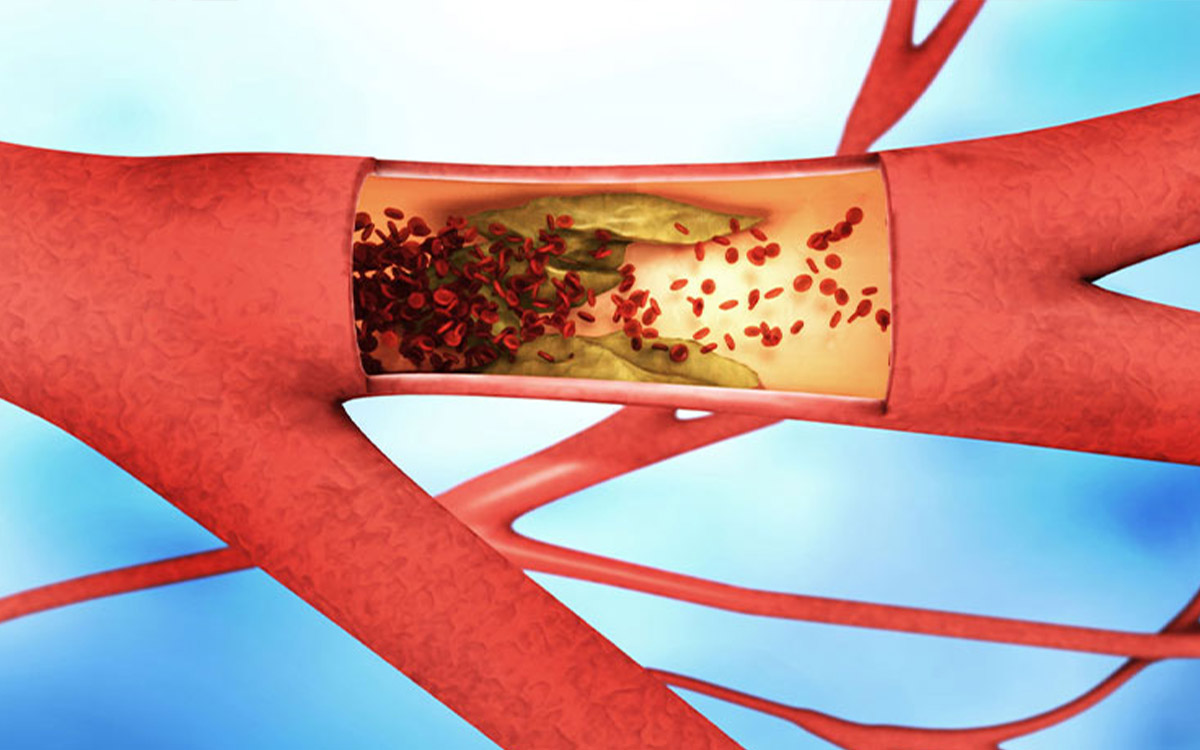Assoc. Prof. Dr. İlker Kiriş
Cardiovascular Surgery

Arteries are tubing systems that carry oxygen-rich clean blood pumped from the heart to the whole body. The oxygen carried by arteries through the blood feeds all tissues in the head, trunk, arms, and legs. The peripheral artery generally refers to vessels extending to tissues and organs other than the heart. In the peripheral arteries, plaques form due to the fat, cholesterol, and calcium accumulation in the inner vessel wall. These plaques thicken over time, causing artery stenosis and occlusion.
Peripheral vascular disease causes different problems depending on the degree of vessel stenosis. Arteries extending to the kidney and legs, especially the carotid artery, and even intestinal arteries are affected by this process. The incidence of peripheral artery disease along with coronary artery disease increase with age. The disease symptoms are usually a pain in the calf. While the pain increases with walking, it recovers by resting. Generally, a feeling of cold feet accompanies a pain that spreads up to the thigh and hip region.
Smoking habits, high cholesterol levels, and hypertension are vital risk factors. The mentioned risk factors are among the critical causes of coronary artery disease and are the reasons for these diseases to co-exist. Alcohol consumption and obesity lead to the development of the peripheral vascular disease.
Patients with the above symptoms are suspected of having a peripheral vascular disease, and their complaints must be examined. A diagnosis is made after the patient's history, physical examination findings, laboratory evaluation, angiography, ultrasonographic methods, computed tomographic angiography, and magnetic resonance angiography.
For a healthy life, it is necessary to avoid peripheral artery disease risk factors. It must be remembered that the risk rate increases in the case of genetic factors, diabetes, smoking and alcohol consumption, fatty and irregular diet. Assoc. Prof. Dr. İlker Kiriş offers a quality and reliable service as an expert who you can always consult for a detailed examination and information about peripheral artery disease in İzmir and its surroundings.
Considering that the risk factors increase with age, periodic controls, and a healthy and balanced diet should not be neglected. If you live in Izmir and its surroundings and have one or more of the risk factors, you can apply to Assoc. Dr. You can make an appointment with İlker Kiriş.
In the peripheral artery, which can recover with medical treatment, endovascular therapy, and surgical treatment methods, performing the treatment on time is critical. In medical treatment, the goal is to recover the symptoms. The patient's condition improves with a planned increase in walking distance, exercises, and medication. Endovascular treatment is less risky, and treatment methods consist of angioplasty, vascular stenting, and atherectomy. Bypass surgery ranks first in surgical treatment. In general, after the treatments with local anaesthesia without any need for surgery, patients regain their health, and in severe cases, surgical intervention is made on the occluded vein.
Avoiding the conditions that cause rapid disease progression, healthy eating habits, and quitting harmful habits are the critical factors that increase the success rate in peripheral artery disease treatment. In case of symptoms, it is vital to consult a specialist and get a detailed examination immediately.

